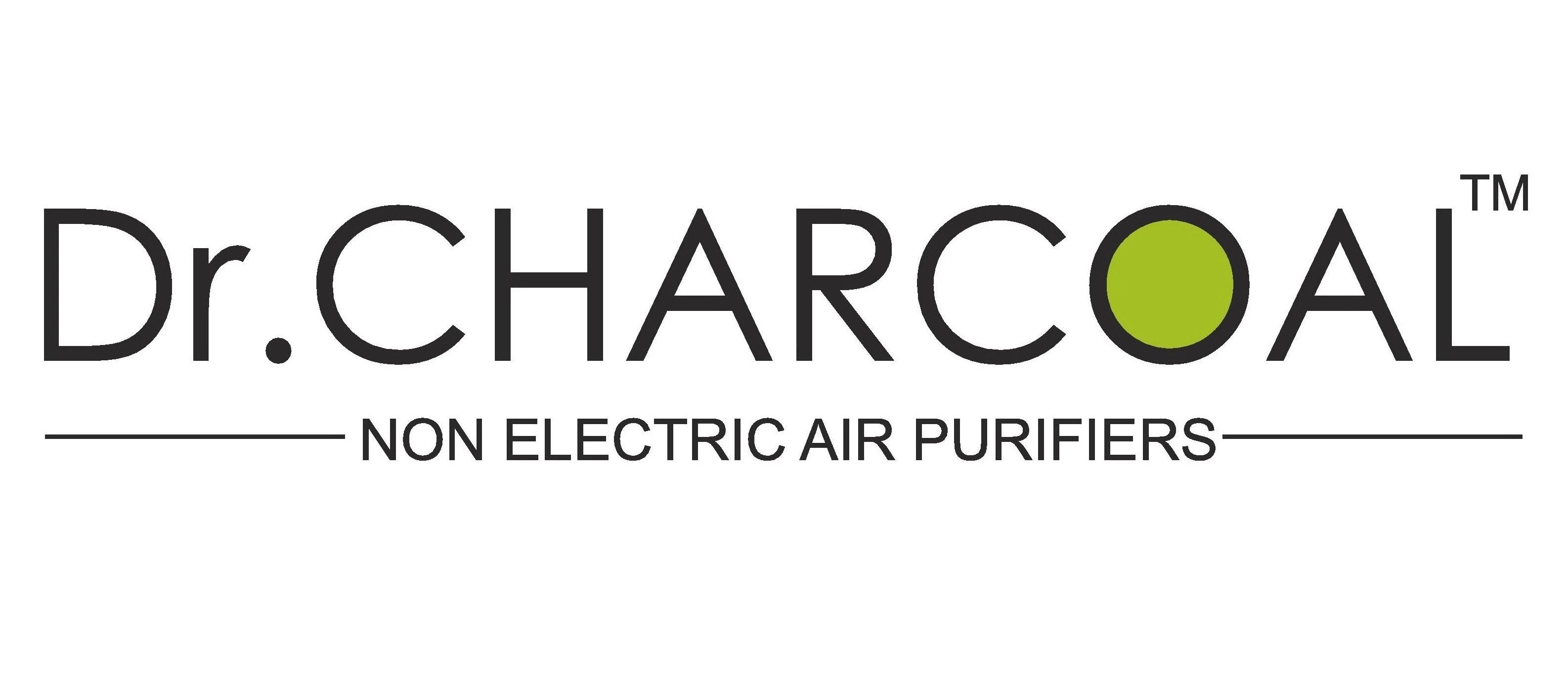5 Hidden Sources of Indoor Air Pollutants that You Probably Didn't Know
Believe it or not, Indoor pollution can be up to 10 times more hazardous than outdoor pollution. We spend majority of our time indoors, along with our children and elders,making it a high concern topic.
Pollutants make their way into our homes and due to lack of free circulation become trapped, building up over time. Indoor air contaminants can cause allergies like coughing, sneezing and asthma. The condition can worsen if the exposure is prolonged.
We need to be aware of the pollutants that commonly escape our eyes and find ways to keep our home free from them.
Candles
Burning candles, specially the flavored ones are perfect for setting the mood with their pleasant smell. However, they silently spread contaminants into the air. Most of the candles contain benzene and toluene, which are carcinogenic. When a candle is ignited, it releases hydrocarbons such as alkanes and alkenes. Shockingly these hydrocarbons are the same as found in car exhaust.
The smoke that comes out from these glamorous candles can cause harm to the respiratory system. Amongst all, paraffin wax candles are the nastiest. They are highly toxic as it is generated as a by-product of petroleum, coal or shale.
If you are the person who likes to lit the house with candles, please refrain from buying paraffin wax candles and the synthetic fragrances ones, and make sure you keep the home nicely ventilated. Go organic and buy candles made from beeswax or vegetable oils, flavored with natural perfumes and oils.
Surface Cleaning Products
We tend to buy strong household cleaning products in order to clear up all stains quickly. But have we ever thought of the harm that these chemicals do? The chemicals present in these products evaporate and float in air, reaching everyone and cause allergies to flare up.
Avoid using petroleum-based solvents containing alcohol, chlorine or ammonia. Instead try some organic products and use a home air purifier to counter indoor air pollution. Try the natural Dr Charcoal air purifier for pollution free indoors. Dr Charcoal’s nonelectric air purifier removes bad odor and pollutants as well as prevents mold and mildew.
Air Fresheners
You think you are freshening up the air by Air Freshener? No!Most of the air fresheners contain toxic chemicals called phthalates, which can badly disturb hormone function in small children and create breathing impairments. Air fresheners contain a high concentration of ethylene-based glycol ethers, that have shown negative neurological and blood contaminating effects.
Chemicals released from air fresheners react with ozone present in the air and form formaldehyde and acetone, which may hamper respiratory activity and can cause breathing issues.
Invest in an air purifier, rather than an air freshener? Air purifier cleans indoor air and remove any kind of smell present.
Fire Place/ Gas Stove
Sources of combustion like fireplaces and gas stoves are guilty of releasing highly toxic pollutants like Carbon monoxide, Nitrogen dioxide,Radon and Particulates. Frequent exposure to such contaminated smoke can result in various respiratory illnesses in children as well as adults.
We recommend you to install a ventilation equipment such as exhaust fans, chimneys to suck the bad chemicals out. Also use home air purifiers like Dr Charcoal to keep your home and kitchen air hygienic.
New Furniture
New or refurbished home furnishings, building materials are one of the biggest source of indoor air pollution. Varnishes, adhesives and paints often contain formaldehyde, which is carcinogenic. This become airborne, especially in hot season. Please make sure that the home furniture is built using natural chemical free substances, as much as possible. However, placing an air purifier with activated carbon can make a big difference.
Building materials and home improvement products can cause many health risks. Formaldehyde volatilizes from pressed wood products made using adhesives that contain urea-formaldehyde resins. Pressed wood products made for indoor use include particle board used in shelves and cabinet flooring, hardwood plywood paneling used in cabinets and furniture and medium density fiberboard used for drawer, and furniture tops. Formaldehyde exposure can cause burning eyes and throat, nausea, skin rashes and difficulty in breathing.
Furniture upholstery and carpets contain chemicals which slowly disperse into the air.
Improve ventilation when you bring a new furniture, and add an air purifier in your household
Conclusion
Try to go natural, and avoid using chemical products. Keep upholstery in the house clean to avoid mold and mildew buildup. While the use of chemicals cannot be ruled out completely, so keep your home well ventilated and use Air purifiers. Dr Charcoal has found a solution that can really combat indoor pollution with so much ease. Activated charcoal removes sub-micron sized particles and gases, and offer fresh and clean air for you and your family.

